
With the unique combination of the temperate climate of Da Lat, the poetic beaches of Binh Thuan and the majestic ecological landscape of Dak Nong, Lam Dong province possesses great potential to develop agro-tourism - a type of tourism that combines agriculture, culture and nature experiences.
With such potential for agricultural tourism, the remaining problem is how to integrate the three provinces of Lam Dong, Binh Thuan and Dak Nong in the most scientific way, in order to orient the journey to discover the advantages of agricultural tourism in the new Lam Dong province, from favorable legal policies, high-tech agriculture, to the participation of the local community; at the same time, sketching a picture of a green, sustainable and promising tourism model in the future.

DIVERSE UNIQUE AGRICULTURAL TOURISM PRODUCTS
The new Lam Dong province, with an area of over 24,000 km² (the largest in the country) and a population of about 3.8 million people (ranked 12th in the country), is the convergence of 3 lands with distinct characteristics.
Lam Dong, famous for its cool climate, poetic landscapes and high-tech agriculture, has long been a top destination for domestic and foreign tourists.
Binh Thuan, with 192 km of coastline and famous tourist destinations such as Mui Ne, Phan Thiet, or Phu Quy Island, offers the attraction of the sea and unique Cham culture.
Dak Nong, with UNESCO Global Geopark and Ta Dung Lake, is considered the Ha Long Bay of the Central Highlands, a place where the wild beauty of mountains and forests and tropical agricultural potential converge.
This convergence not only creates a new administrative space but also opens up opportunities to combine advantages, creating a diverse agricultural tourism value chain, from the highlands to the sea. This is an advantage not only to exploit tourists from outside the province but also to exploit tourists within the province from the highlands to the sea, islands and vice versa.
Agrotourism is tourism that takes place in an agricultural ecological sub-region with a fresh climate and gentle landscape to experience production , processing, and enjoyment of agricultural products; entertainment, landscape viewing; exchange of cultural, educational , and scientific knowledge; at the same time, agricultural product trading activities take place to exploit the total value of agricultural production, contributing to increasing income for organizations and individuals from agrotourism activities . (Pham S, 2015);
Agritourism, which involves visiting and experiencing agricultural activities, has been growing strongly in Lam Dong for over a decade. And now, this model is expanding to Binh Thuan and Dak Nong.
Thus, the new Lam Dong province not only inherits the achievements of Lam Dong, such as Decision No. 2644/QD-UBND in 2015 on piloting the agricultural tourism model, but also takes advantage of the agricultural specialties of Binh Thuan (dragon fruit, seafood) and Dak Nong (coffee, pepper, organic agriculture on volcanoes) to build unique and exclusive tourism products.
With more than 10 million visitors to agricultural tourism destinations in Lam Dong from 2024, the province has a solid foundation to develop this type of tourism on a larger scale, targeting the international market.
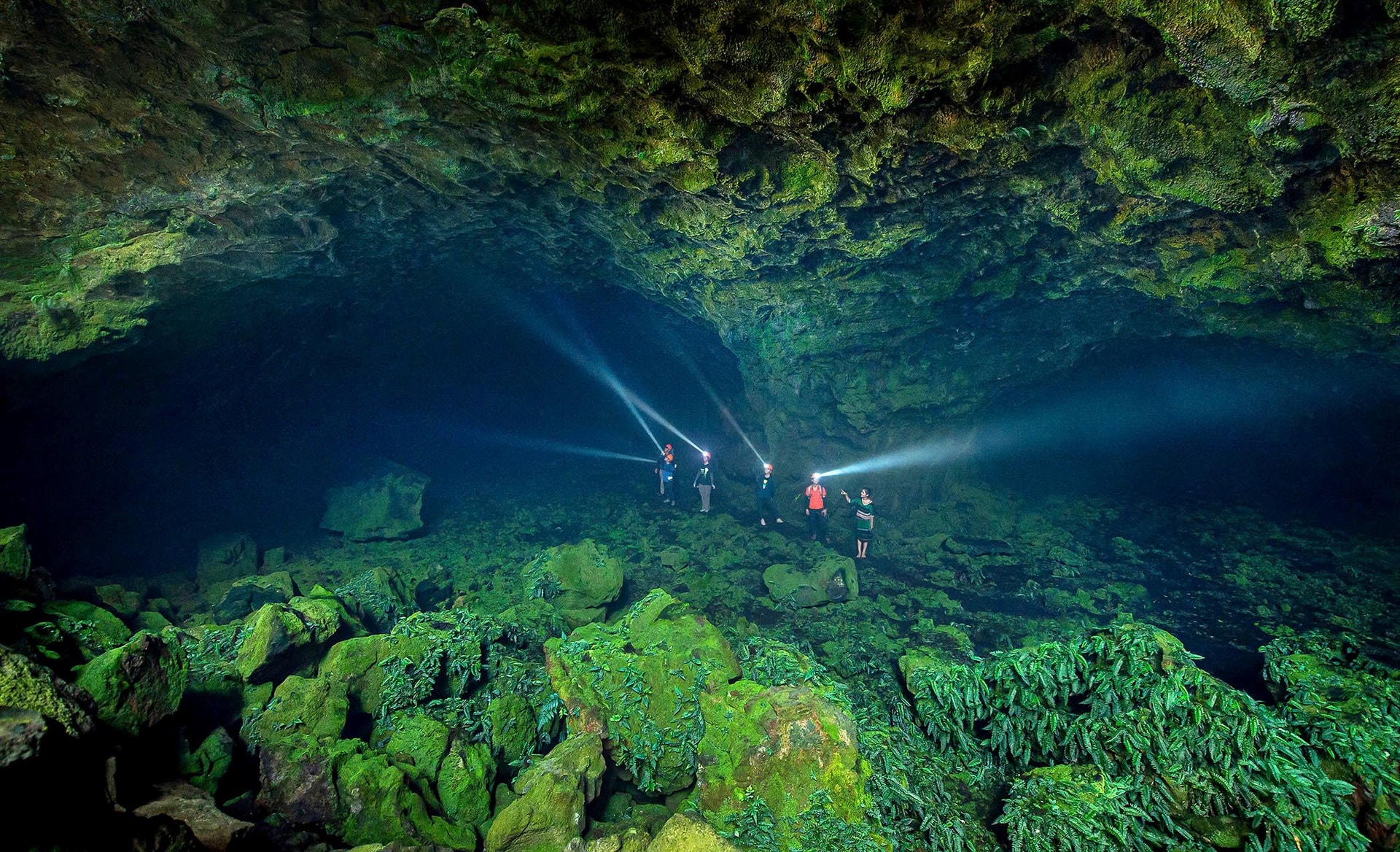
LEGAL POLICY - MOTIVATION FOR SUSTAINABLE DEVELOPMENT ACCORDING TO THE GREEN TOURISM TREND
One of the biggest advantages of agritourism in the new Lam Dong province is the support from legal policies. The 2024 Land Law has created favorable conditions for converting agricultural land use purposes to tourism services, helping farmers, cooperatives and businesses easily invest in agritourism models. Therefore, state management agencies need to shape the subject of agritourism from the beginning to support the best legal basis.
Regulations on land use rights mortgages have also been clarified, opening up opportunities to access preferential loan packages, especially in potential agricultural areas such as Da Lat, Don Duong, Lam Ha (Lam Dong), Ham Thuan Nam (Binh Thuan) or Dak Mil (Dak Nong).
Previously, in Lam Dong, Decision No. 933/QD-UBND in 2021 established regulations on the management of agricultural tourism, ensuring professionalism and sustainability for vegetables, flowers, medicinal herbs, tea, and honey bees. This regulation is currently being adjusted according to the Land Law to apply throughout the new province, with criteria for recognizing agricultural tourism sites built in accordance with the characteristics of all three regions.
For example, in Binh Thuan, dragon fruit farms, bird nest farming and processing facilities, aquaculture, etc. combined with tourism are being encouraged to develop. Meanwhile, in Dak Nong, agro-tourism models associated with coffee and pepper, and organic agriculture are prioritized. These policies not only remove legal obstacles but also create a corridor to attract investment, thereby promoting the synchronous development of agro-tourism throughout the province following the green tourism trend.
.jpg)
HIGH-TECH AGRICULTURE - THE "SOUL" OF AGRICULTURAL TOURISM
High-tech agriculture is one of the important pillars of agricultural tourism in the new Lam Dong province. In the old Lam Dong area, more than 62,000 hectares of high-tech farming land, accounting for 21% of the total agricultural land area, have created famous high-tech agricultural products such as vegetables, flowers, tea and coffee, with revenue from 1 - 3 billion VND/ha (with an average value in 2024 from 285 million).
Smart farms with automatic irrigation systems, temperature-controlled greenhouses and IoT applications have become highlights, attracting tourists to visit and experience.
Binh Thuan offers a different color with dragon fruit farms – the province’s main crop, covering more than 30,000 hectares. Agro-tourism models here allow visitors to visit dragon fruit gardens at night, when the flowers bloom under the lights, or participate in harvesting and enjoy dragon fruit products such as jam, wine, or smoothies. The combination of agriculture and Cham culture, with festivals such as Kate, further increases the appeal of agro-tourism in Binh Thuan.
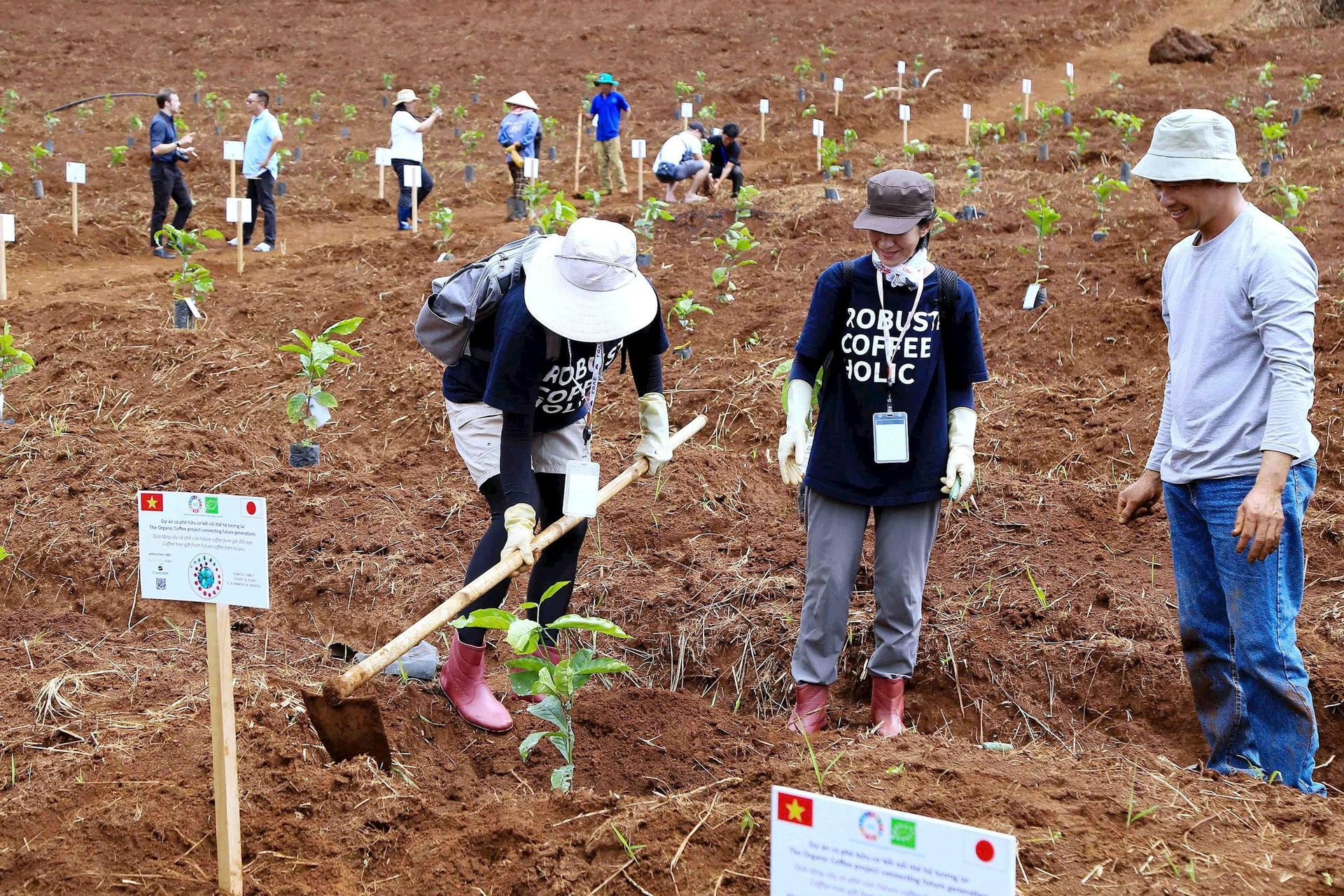
Dak Nong, with more than 200,000 hectares of coffee, pepper and organic farming on volcanoes, is emerging as a potential agro-tourism destination. Coffee farms in Dak Mil or Krong No not only provide coffee harvesting and processing experiences but also combine with tours to explore the UNESCO Global Geopark, where visitors can admire volcanic caves and Ta Dung Lake. These models not only bring economic value but also contribute to promoting the indigenous culture of ethnic groups such as the M'Nong and Ede.
The combination of high-tech agriculture of Lam Dong, specialty agriculture of Binh Thuan and tropical agriculture of Dak Nong creates a unique and diverse agritourism value chain that is likely to develop rapidly in the coming years if competent authorities implement synchronous institutions.
Tourists can start their journey from Da Lat flower gardens, continue with dragon fruit farms in Binh Thuan to the East or experience coffee in Dak Nong to the West, or from Binh Thuan to Lam Dong then to Dak Nong to create a unique intra-provincial tour also from 4 - 5 days, which was previously an inter-provincial tour, now an intra-provincial tour.
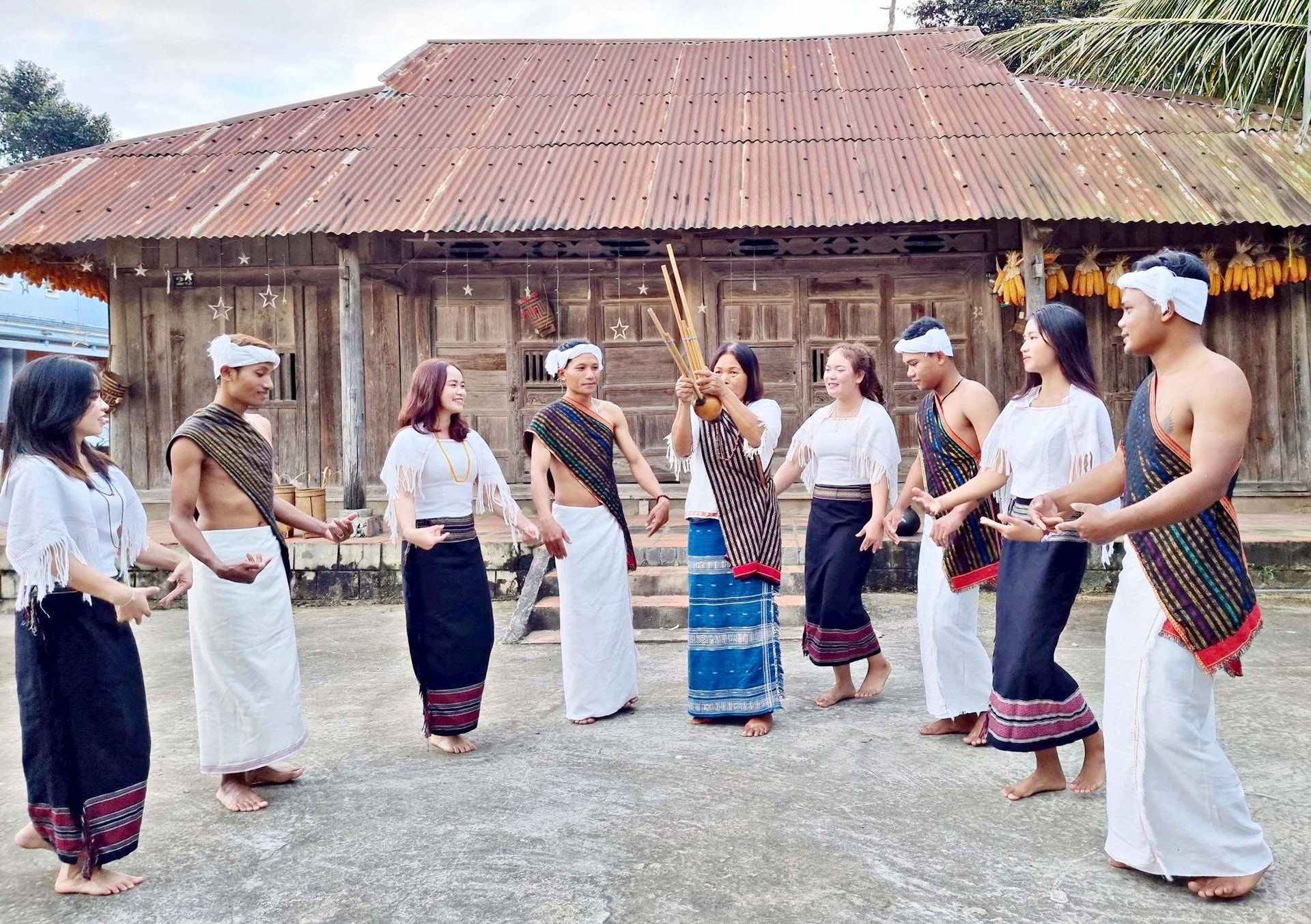
LOCAL COMMUNITY - THE HEART OF THE TOURISM MODEL
The local community is an indispensable factor in the success of agritourism in the new Lam Dong province, thanks to the core values of ethnic diversity and regional culture. In Lam Dong, the “three together” model – eating together, staying together, working together – has brought authentic experiences to tourists, from picking vegetables at Da Lat farms to participating in traditional festivals of the K'Ho people. These activities have created jobs for about 150 local guides and more than 1,000 local workers, while preserving indigenous cultural values.
In Binh Thuan, the Cham community and coastal fishing villages play an important role in developing agro-tourism. Visitors can participate in activities such as making Cham pottery, weaving brocade, or learning about the aquaculture process in fishing villages in Phan Thiet. These experiences not only bring income to the people but also help preserve Cham cultural heritage, especially through events such as the annual Kate Festival.
In Dak Nong, ethnic minority communities such as the M’Nong and Ede offer unique cultural stories, from gong dances to traditional dishes such as canh la bep or com lam. Coffee farms and homestays here allow visitors to live with the locals, participate in coffee harvesting or learn about pepper production. Community participation not only enriches the travel experience but also contributes to protecting the environment and natural landscape.
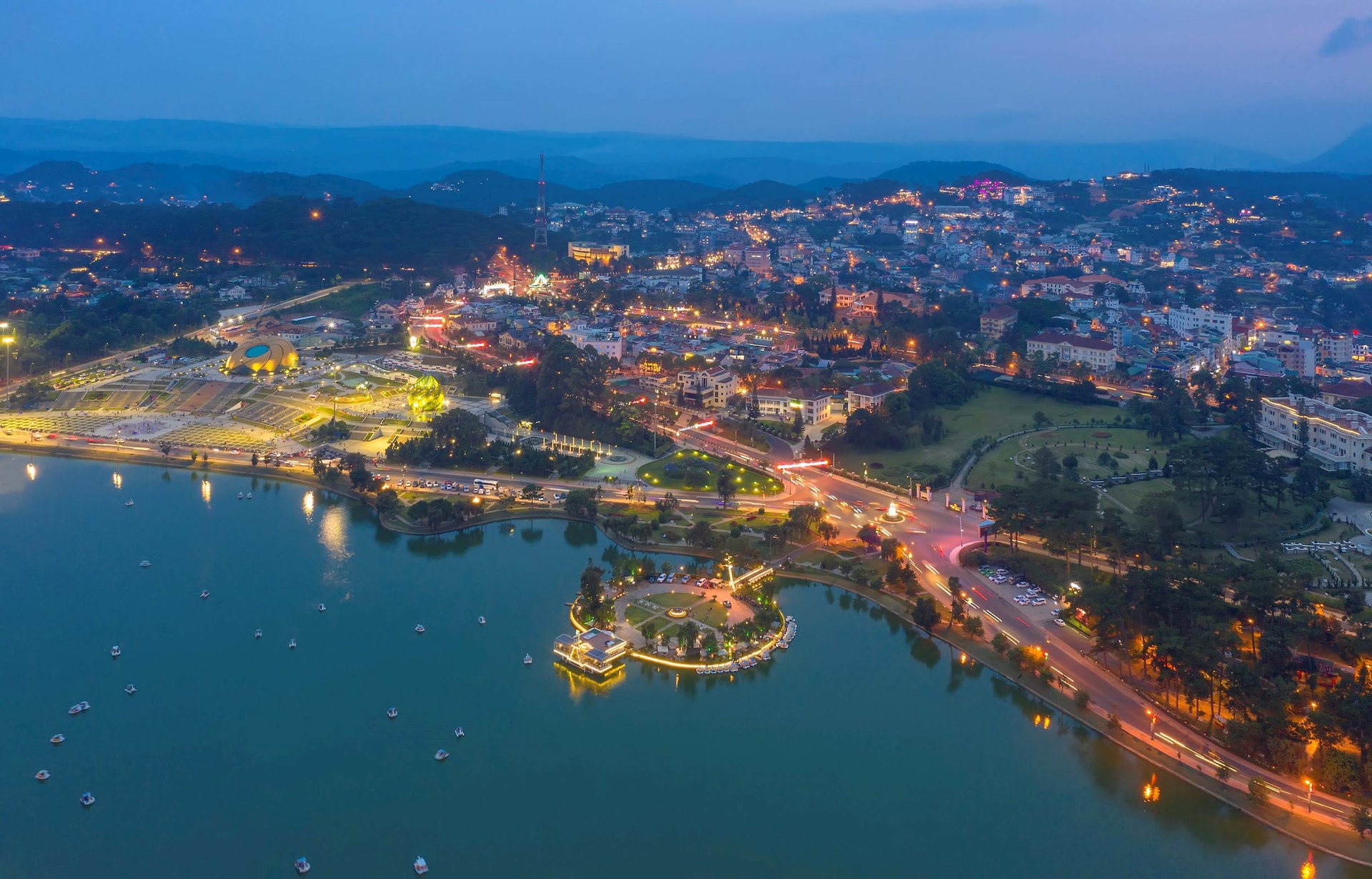
NEED TO IDENTIFY CHALLENGES AND FUTURE PROSPECTS TO HAVE A BREAKTHROUGH DEVELOPMENT MECHANISM
Despite its many advantages, agro-tourism in the new Lam Dong province still faces a number of challenges. Transport infrastructure, especially the connecting routes between Da Lat, Phan Thiet and Gia Nghia, is still limited, even the most limited among the 34 provinces and cities in the country, with steep mountain passes such as National Highway 27 and 28 still not being upgraded synchronously.
International promotion has not been promoted yet, causing the number of foreign visitors to agricultural tourism destinations to be disproportionate.
In addition, the overlap in legal regulations between the tourism, agriculture and construction sectors sometimes causes difficulties for investors; the specification of multi-purpose land use according to Decree 102/2024/ND-CP is not consistent at each facility, causing difficulties for investors.
To overcome these challenges, Lam Dong province needs to focus on a number of key solutions such as: First, investing in transport infrastructure, especially expressways such as Dau Giay - Lien Khuong or Gia Nghia - Chon Thanh, upgrading National Highway 28 and National Highway 55 to facilitate tourists' travel within the province and between regions.
Second, promote human resource training, from on-site tour guides to tourism management skills for farmers, to improve service quality.
Third, promote Lam Dong's agricultural tourism image nationally and internationally through digital platforms and cooperate with travel companies to bring the province's agricultural tourism image to the world.
Fourth, the subjects need to identify agricultural tourism products in the face of new trends - green tourism, with novelty, uniqueness, enthusiastic service attitude, and customer retention.
Finally, it is necessary to develop a set of criteria for recognizing standard agricultural tourism destinations with high feasibility, ensuring harmony between economic development and environmental protection.
It can be said that agritourism in the new Lam Dong province is a story of connection – between the plateau and the sea, between agriculture and tourism, between people and nature. With favorable legal policies, advanced high-tech agriculture, and enthusiastic participation of the local community, the new Lam Dong province has everything needed to become the leading agritourism center in Vietnam, even reaching international level.
Although there are still challenges ahead, with a strategic vision and consensus of the government, businesses and people, Lam Dong province promises to write a new chapter for Vietnam tourism, where tourists can not only experience but also live fully in the heart of nature and culture.
Source: https://baolamdong.vn/ket-noi-cao-nguyen-bien-xanh-va-nui-rung-de-phat-trien-du-lich-canh-nong-lam-dong-382059.html





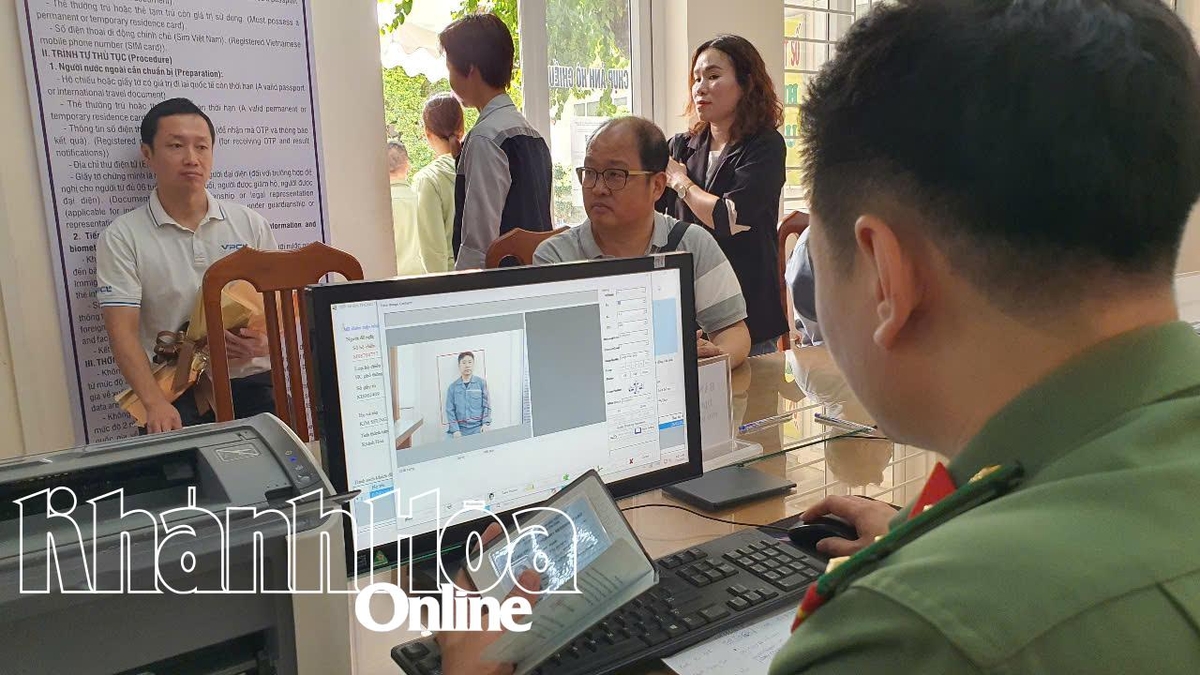

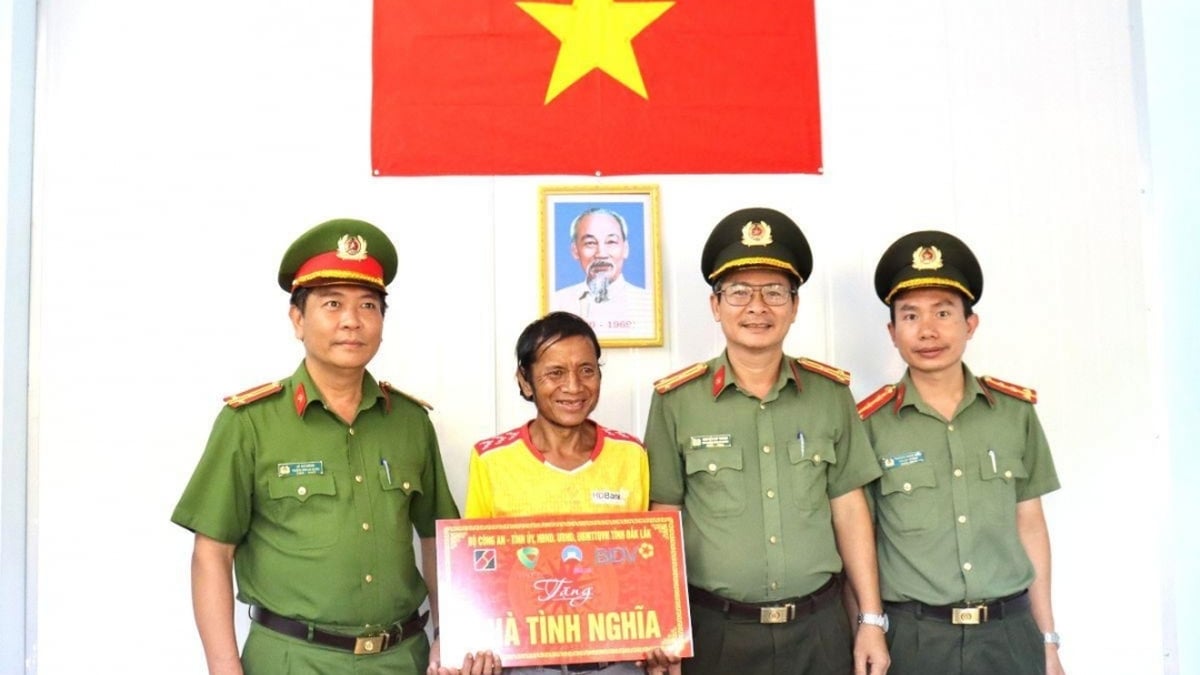
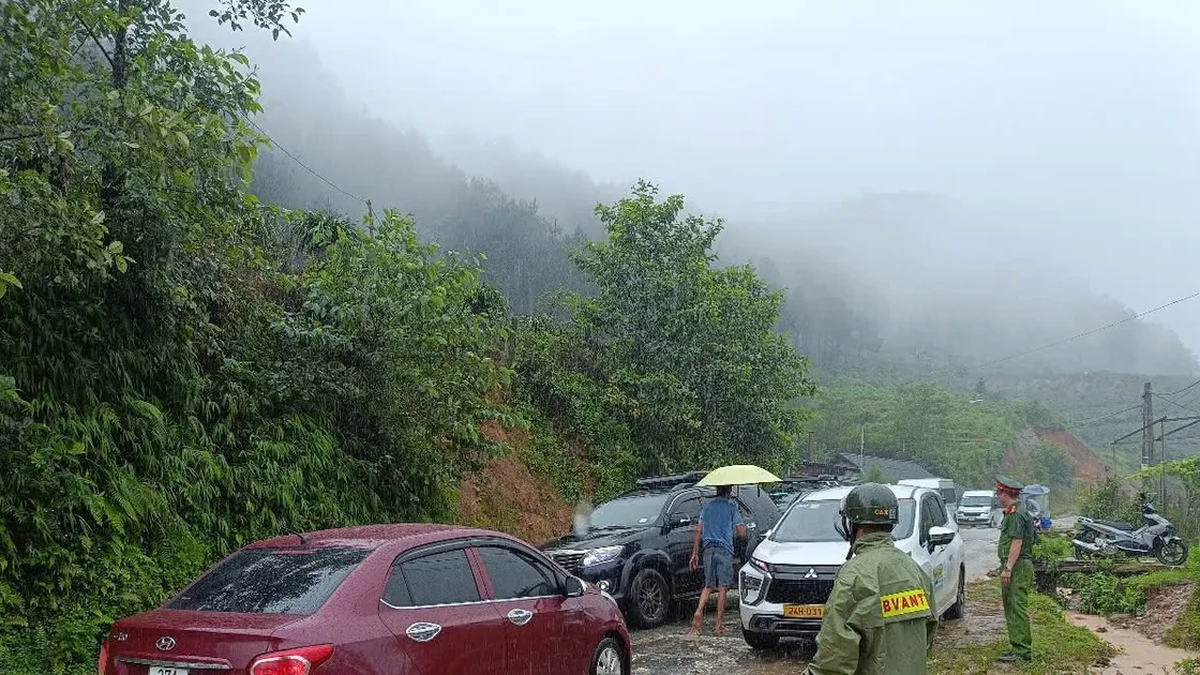

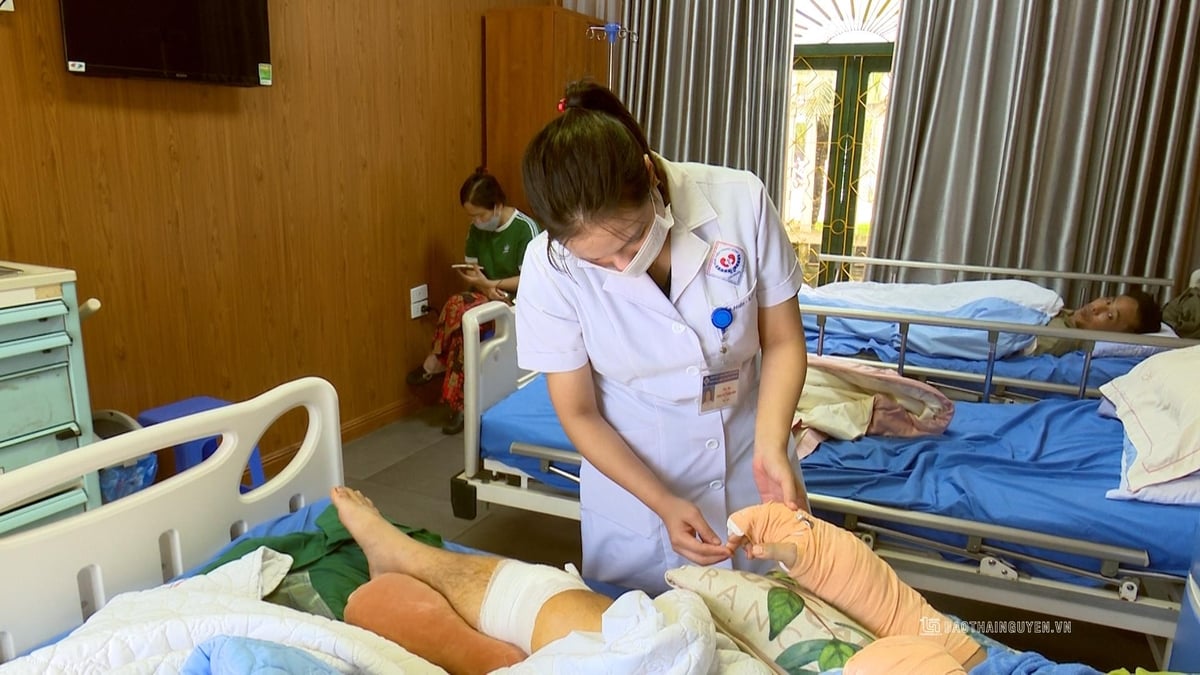































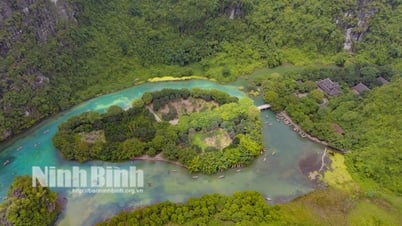









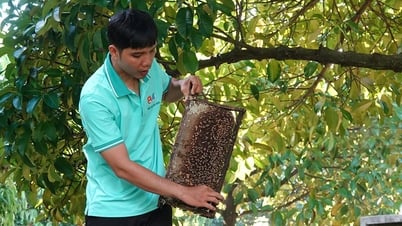













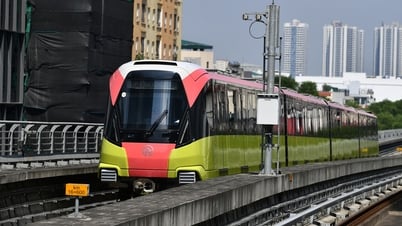

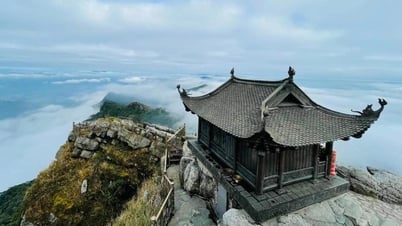
































Comment (0)